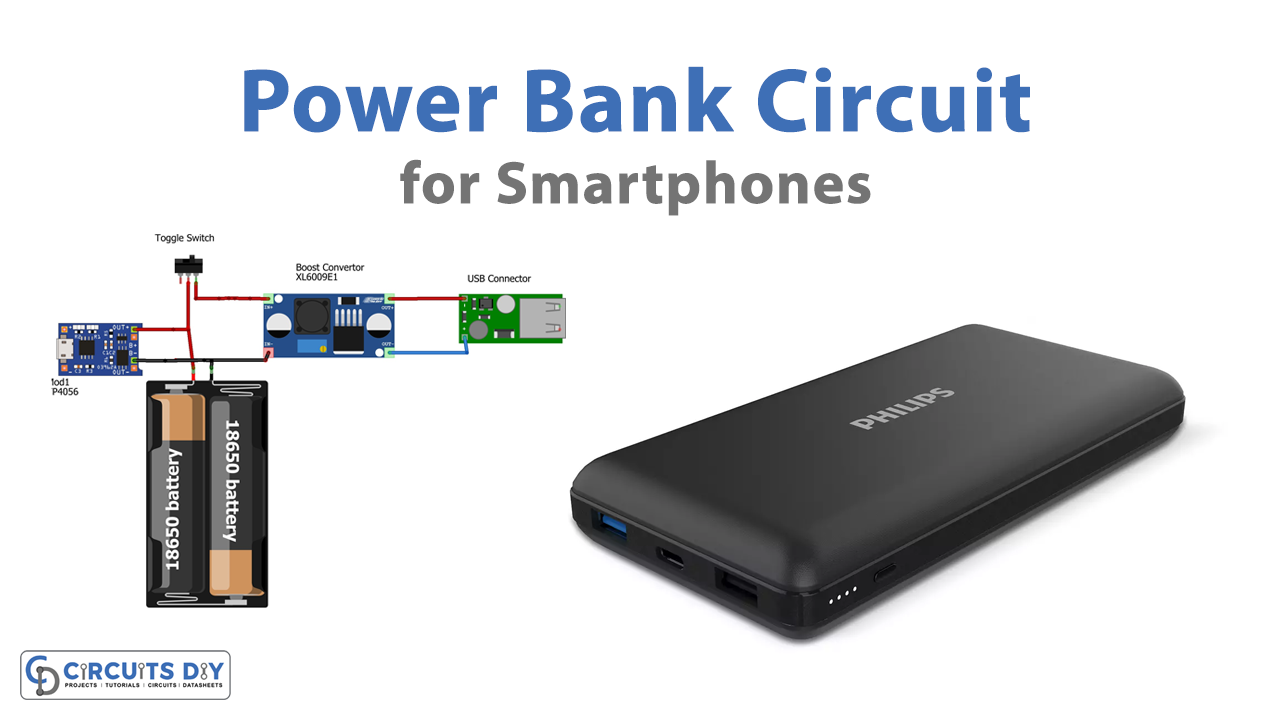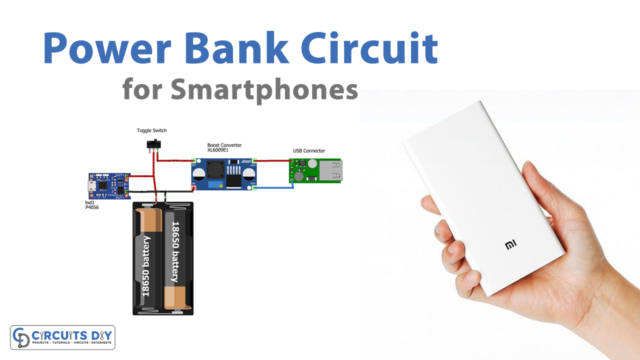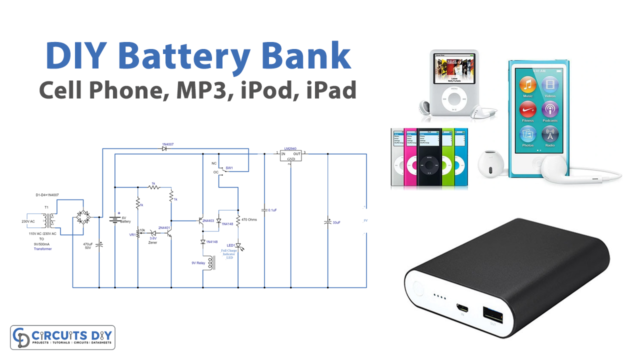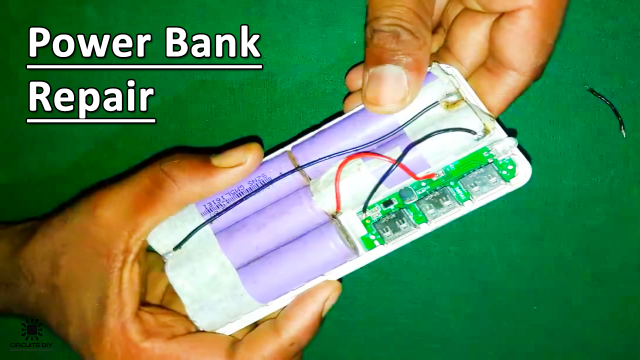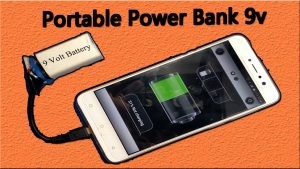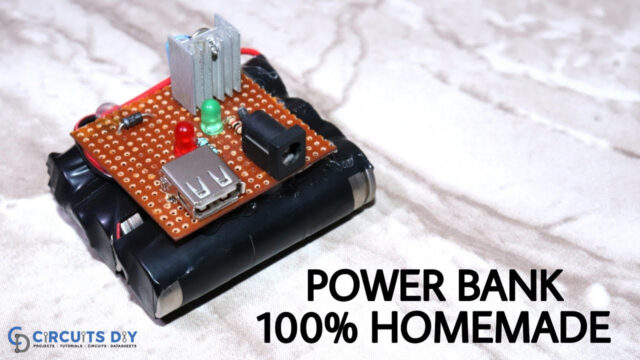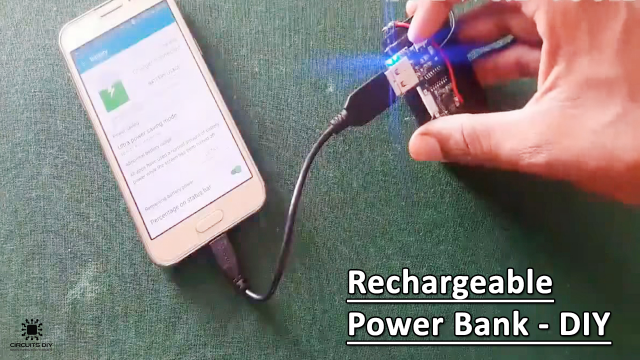Introduction
Let’s suppose you’re with your friends and want to take a selfie with your phone but boom! It’s dead, or imagine you’re attending a wedding and want to capture the joyous moments with your family, but your phone’s battery is running low, or assume you’re at home, your phone battery is getting low, and your boss calls you to submit a task right away when there’s no electricity. All of this has the potential to cause some havoc. When you’re traveling, it’s no doubt tough to charge your phones, laptops, or other electronic devices. And to do so, we all employ Power banks, which store electrical energy so that our gadgets may be charged later. Thus, in this tutorial, we are going to make a “Power Bank Circuit for Smartphones”.
Power banks are portable power sources that are used to charge battery-powered devices such as cell phones and other similar devices with a USB interface. Since it stores and saves power, therefore, known as a power bank. When electricity is available, they get charged using a USB charger and then used to charge battery-powered products like mobile phones and a variety of other gadgets that typically utilize a USB charge.
Hardware Required
| S.no | Component | Value | Qty |
|---|---|---|---|
| 1. | DC-DC converter | XL6009 | 1 |
| 2. | Li-ion Battery Charger | TP4056 | 1 |
| 3. | Li-Ion Battery | 2600mAh | 2 |
| 4. | Toggle Switch | – | 1 |
| 5. | USB connecter | – | 1 |
| 6. | 2-Pin Connector | – | 1 |
Circuit Diagram
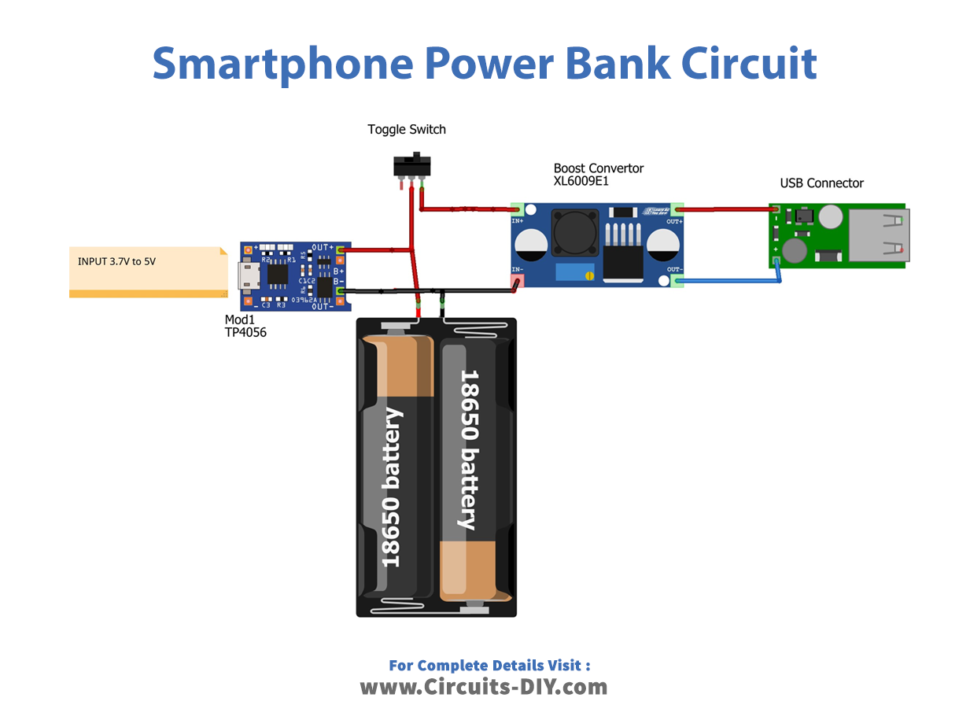
Working Explanation
This power bank circuit has three stages. The first is the TP4056 Li-ion Battery Charger Module, which takes a 3.7V to 5V input and outputs to the battery in the second stage. Here we are using a Lithium-ion battery 2600mAh. The XL6009 DC-DC converter is the third step. This board connects the battery to a USB connection, which is where the mobile phone is plugged in to charge. To acquire the right range output voltage, change the trim pot on the Dc-Dc converter board.
Application and Uses
- We can use this circuit to charge electrical gadgets like cell phones, etc
- We can modify it for different applications. For example, with some modification, you can make a high-capacity power bank, etc.


